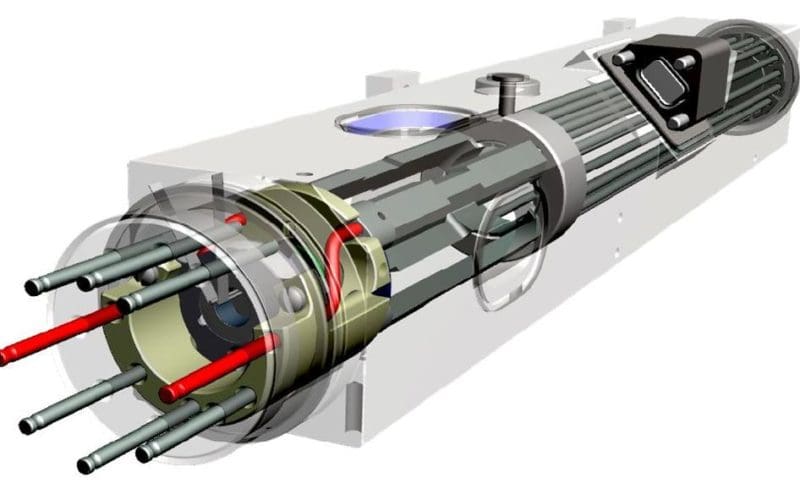You’ve seen one atomic clock, you’ve seen them all, right? Well, now NASA is preparing to fly a Deep Space Atomic Clock, or DSAC, based on mercury-ion trap technology, demonstration that will revolutionize the way it conducts deep-space navigation by enabling a spacecraft to calculate its own timing and navigation data in real time. Previously, timing information was a two-way process. Timing information is sent to Earth and a ground team calculates timing and navigation data and then transmits it back to the spacecraft. The new clock is so accurate, there is no need to check on spacecraft timing data. A real-time, on-board navigation capability is key to improving NASA’s capabilities for executing time critical events, such as a planetary landing or planetary "fly-by," when signal delays are too great for the ground to interact with the spacecraft during the event.
In the laboratory setting, the mercury-ion trap atomic clock's precision has been refined to permit drift of no more than one nanosecond in 10 days, due to the work of NASA engineers at the Jet Propulsion Laboratory. Over the past 20 years, they have been steadily improving and miniaturizing the mercury-ion trap atomic clock, preparing it to operate in the harsh environment of deep space.
This technology is intended for space probes going to distant reaches of the solar system on research missions. But mercury-ion trap clocks could someday fly on GPS satellites, their incredible precision improving on the precision afforded by cesium and rubium atomic clocks that are currently used on GPS satellites.

